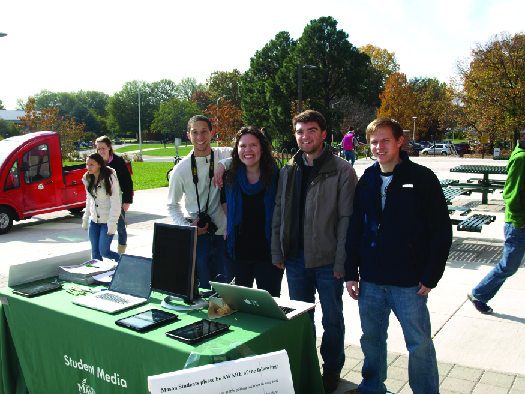| << Chapter < Page | Chapter >> Page > |
The days of randomly walking neighborhoods and phone book cold-calling to interview random citizens are gone. Scientific polling has made interviewing more deliberate. Historically, many polls were conducted in person, yet this was expensive and yielded problematic results.
In some situations and countries, face-to-face interviewing still exists. Exit polls, focus groups, and some public opinion polls occur in which the interviewer and respondents communicate in person ( [link] ). Exit polls are conducted in person, with an interviewer standing near a polling location and requesting information as voters leave the polls. Focus groups often select random respondents from local shopping places or pre-select respondents from Internet or phone surveys. The respondents show up to observe or discuss topics and are then surveyed.

When organizations like Gallup or Roper decide to conduct face-to-face public opinion polls, however, it is a time-consuming and expensive process. The organization must randomly select households or polling locations within neighborhoods, making sure there is a representative household or location in each neighborhood.
Most polling now occurs over the phone or through the Internet. Some companies, like Harris Interactive, maintain directories that include registered voters, consumers, or previously interviewed respondents. If pollsters need to interview a particular population, such as political party members or retirees of a specific pension fund, the company may purchase or access a list of phone numbers for that group. Other organizations, like Gallup, use random-digit-dialing (RDD), in which a computer randomly generates phone numbers with desired area codes. Using RDD allows the pollsters to include respondents who may have unlisted and cellular numbers.

Notification Switch
Would you like to follow the 'American government' conversation and receive update notifications?